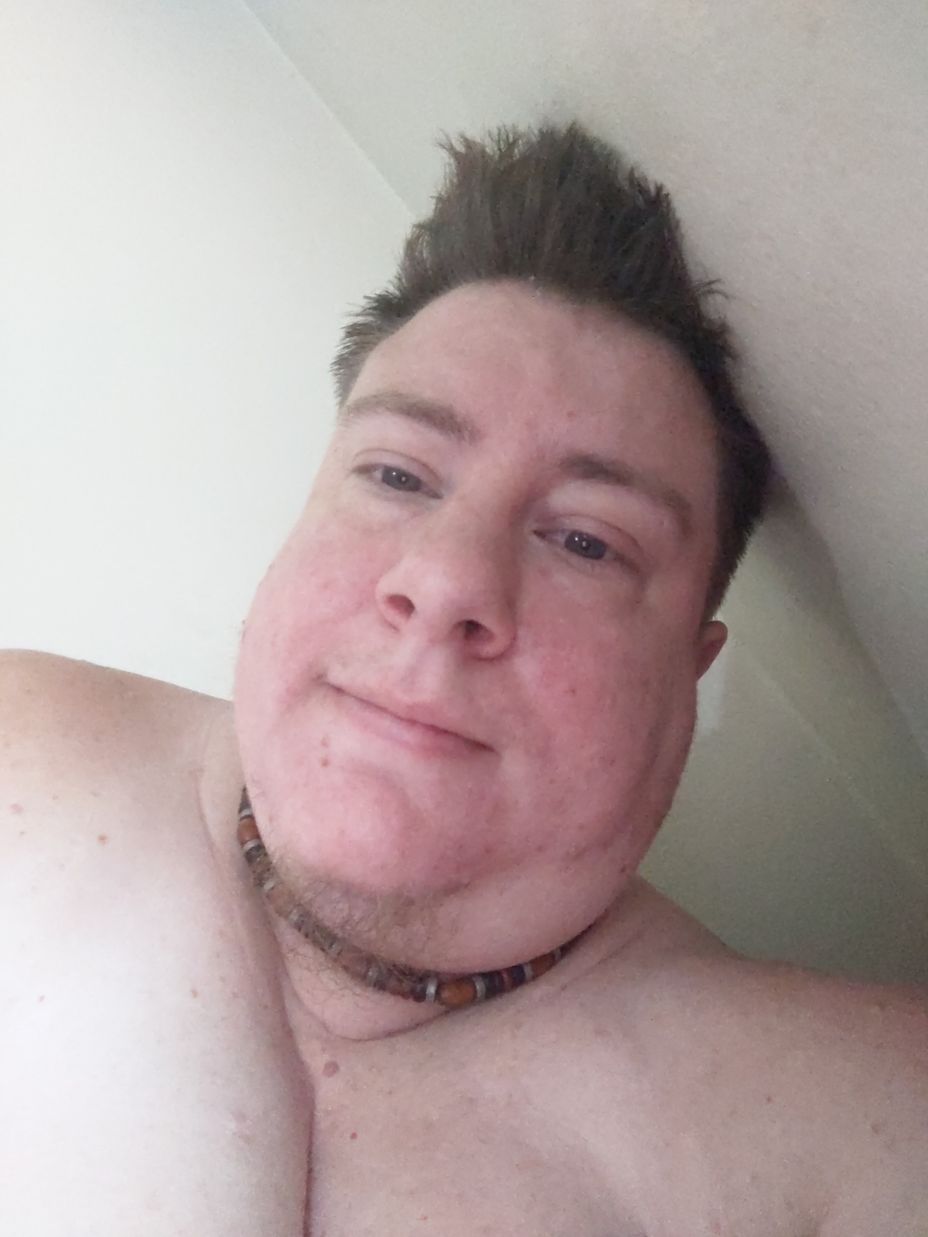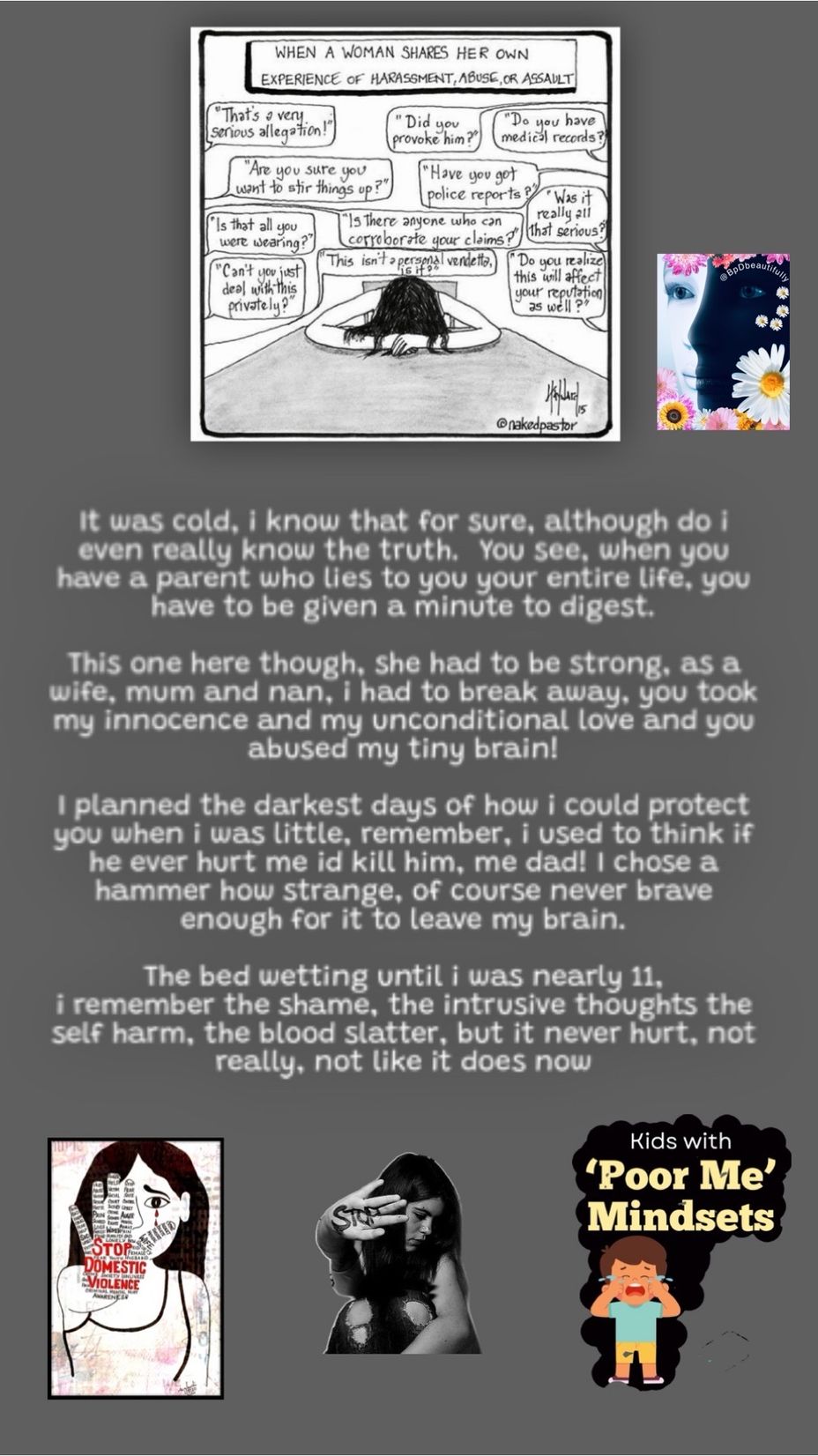“The Silence That Shaped Me”
A true story of pain, survival, and rediscovery.
My name is not important here — what matters is the story I carry within me.
The person I’ve become today has been shaped not just by choices, but by silent battles I never asked for… but had to survive.
My childhood was supposed to be filled with innocence and laughter — but some memories left marks far deeper than bruises. I was very young when I first encountered something that no child should ever experience. A trusted neighbor, someone we used to visit without fear, took advantage of our innocence. What happened in that closed room was confusing and terrifying. I didn’t understand what he was doing at the time — only that it felt wrong. Somehow, I managed to run away. But the fear didn’t leave with me.
The second incident hit even closer to home. It was a cousin — someone I had grown up calling ‘bhai’. I had no knowledge of what was right or wrong, no awareness of how to protect myself. It started subtly — an inappropriate video, a misleading word, calling it a “game.” Slowly, his behavior crossed all limits. There were moments when I was asleep, and he would violate my space without a word. I remained silent. Too scared to speak. Too young to even fully understand. And that silence slowly became my prison.
The third time, it was yet another cousin. This one lived with us for a while at my grandmother’s house. His approach was different — almost gentle. I was still a child, and I mistook the wrong kind of attention for affection. I didn’t understand boundaries. Eventually, I realized it was wrong, and I stepped away. But by then, I had already begun to question my own worth.
These experiences didn’t just end in childhood — they left a lasting imprint on the way I saw myself, the world, and relationships. I couldn’t sit still in one place emotionally. I struggled with self-worth, with fear, and often with guilt that was never mine to carry. I kept pretending I was okay. I kept running from the shadows of my past.
Until something changed.
Amidst this chaos, I met someone — unexpectedly. A boy, living far away, who entered my life with a kind heart and a gentle soul. In a world where I had forgotten how to trust, he made me feel safe. He didn’t know about my past, but he recognized my present pain. Instead of running from it, he stood by me — with patience, with care, and with love that asked for nothing in return.
For the first time, I began to feel human again.
I began to believe that I could be loved — not despite my past, but simply for who I am.
Even now, there are nights when old memories visit.
Even now, I struggle with things I can’t always explain.
But now… I have someone who doesn’t demand perfection — he walks beside me through the imperfection.
This is my story — real, raw, and unfiltered.
Not for sympathy. Not for attention.
But to remind someone out there that you are not alone.
What happened to us was never our fault.
And healing, though not instant, is possible — when love is patient, and when we begin to forgive ourselves for surviving.
*This story may tell about the author she wants help anonymously*##Childhoodtrauma #Trauma #realstory #story #unspokenwords #MentalHealth



